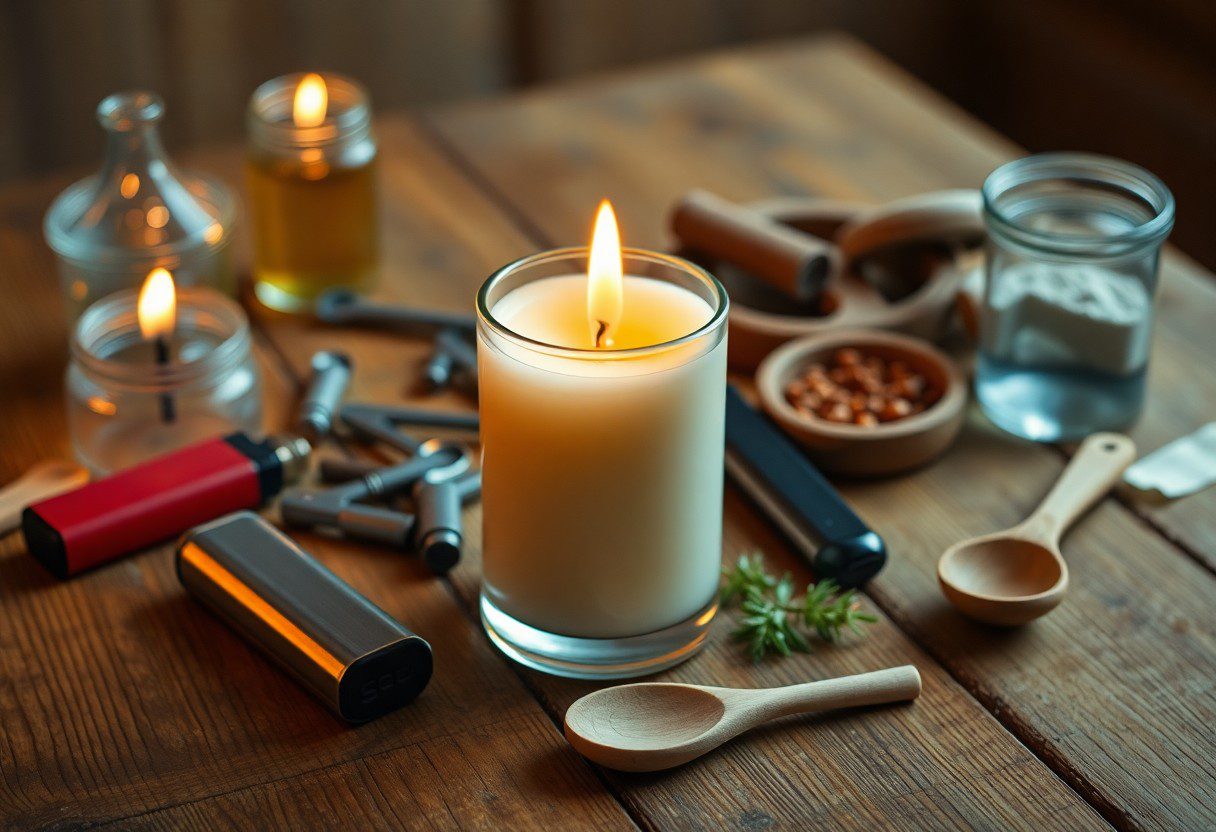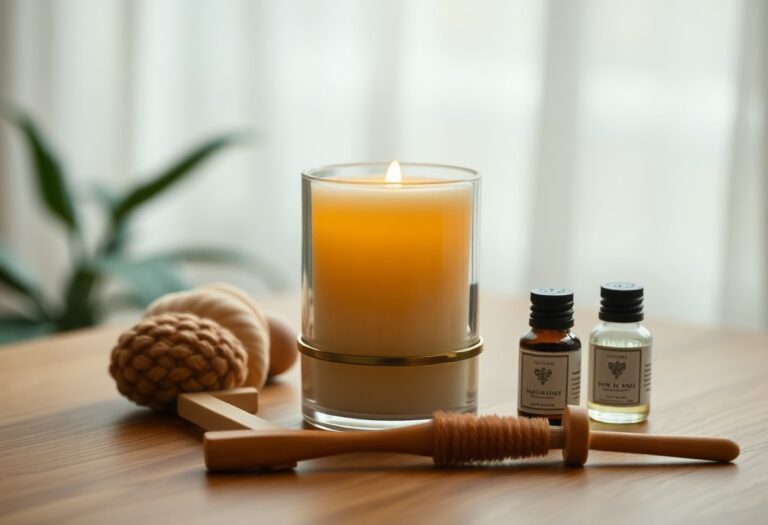How to Sharpen a Seam Ripper: Bring Your Unpicker Back to Life! ✨
Hey there, fellow fabric whisperer! 👋 Ever found yourself in the middle of a glorious sewing project, only to realize you need to unpick a seam (gasp!) and your trusty seam ripper feels about as sharp as a spoon? Yeah, I’ve been there. It’s like trying to cut butter with a dull knife – frustrating, inefficient, and frankly, a bit soul-crushing when you’re trying to meet a deadline (or just finish that latest binge-watching show). But don’t toss that beloved unpicker just yet! Today, we’re going to dive deep into how to sharpen a seam ripper and turn that dull dud back into a stitch-ripping superstar. Trust me, it’s easier than you think!
Why Your Seam Ripper Feels Like Chewing Gum (and Why You Should Care!)
So, why does our tiny, mighty seam ripper betray us and go dull? Well, just like any blade, constant use dulls it. Each time you snag a stitch, the tiny edge wears down. And a dull seam ripper isn’t just annoying; it’s a project hazard.
- Fabric Snags: A blunt blade doesn’t cut; it tears. You end up with frayed fabric edges, which can be a real pain to work with later.
- Increased Effort: You push harder, which means less control and a higher chance of accidentally slicing through the fabric you don’t want to rip. Been there, done that, bought the T-shirt. Literally.
- Time Wasted: What should be a quick fix turns into a frustrating battle against stubborn stitches. Who needs that extra stress, IMO?
- Hand Fatigue: Constantly pushing and forcing a dull tool can lead to discomfort, especially if you have a lot of unpicking to do.
Do you really want to fight your tools when you’re already fighting a rogue bobbin thread? I didn’t think so!
The Great Sharpening Debate: Can You Even Sharpen These Little Guys?
For ages, I thought a dull seam ripper was just a goner. You use it until it’s useless, then buy a new one, right? But then I started hearing whispers, murmurs, tales of seam ripper resurrection! “You can sharpen seam ripper blades!” people would say. My mind was blown. It turns out, yes, you absolutely can bring that little blade back to life. It’s not magic; it’s just a little bit of friction and know-how. This sewing tool maintenance hack saves you money and reduces waste. Win-win!
Tools of the Trade: What You’ll Need for the Revival Mission
Before we embark on our sharpening adventure, let’s gather our supplies. You likely have most of these lying around already. I’ve tried a few different methods, and these are the ones that actually work.
- Dull Seam Ripper: Obviously! Go grab that sad, neglected tool from your sewing kit.
- Sharpening Surface: This is where the magic happens. You have a few options:
- Fine-Grit Sandpaper (600-1200 grit): This is my personal favorite for a quick, effective sharpen. It’s cheap and readily available.
- Emery Board/Nail File: A good backup, especially if you’re in a pinch. Look for one with a fine grit.
- Sharpening Stone (Fine Grit): For the serious sharpener. A bit more of an investment, but great for many small blades.
- Unglazed Ceramic Mug/Plate Edge: Yes, really! The unglazed rim of a ceramic mug works surprisingly well in a pinch.
- Rubbing Alcohol or Isopropyl Alcohol: For cleaning the blade after sharpening.
- Small Cloth or Cotton Swab: For cleaning.
- Protective Eyewear (Optional but Recommended): Better safe than sorry when dealing with tiny metal shavings.
Method 1: The Sandpaper/Emery Board Shimmy (My Personal Go-To)
This is the easiest and most accessible way to restore seam ripper sharpness. I use this method frequently because it’s so quick.
- Prep Your Surface: Lay your fine-grit sandpaper (grit side up) on a flat, stable surface. If using an emery board, just hold it steady.
- Angle Your Blade: Take your seam ripper and locate the cutting edge. It’s usually a small, angled blade. You want to match that existing angle as closely as possible. Think of it like sharpening a tiny knife.
- Gentle Strokes: With light pressure, draw the blade across the sandpaper or emery board, moving away from yourself. Do this in one fluid motion, maintaining the angle. Repeat this motion about 5-10 times.
- Important: You are not trying to grind away the blade; you are honing the edge. Less pressure, more repetitions!
- Flip and Repeat: Turn the seam ripper over and sharpen the other side of the blade, again matching the angle. Aim for an equal number of strokes on both sides to create an even, balanced edge.
- Test It Out: Grab a scrap piece of fabric and a piece of thread. Does it cut cleanly? Is it gliding through stitches effortlessly? If not, repeat steps 3-4 with a few more strokes.
- Clean Up: Once satisfied, wipe the blade thoroughly with rubbing alcohol on a cloth or cotton swab to remove any metal dust.
Method 2: The Sharpening Stone Shuffle (For the More Adventurous Souls)
If you own a fine-grit sharpening stone (often used for knives), you can definitely use it to sharpen your unpicker. This offers a very refined edge.
- Moisten Your Stone: If it’s a wet stone, add a few drops of water or honing oil to the surface.
- Find the Angle: Just like with sandpaper, identify the existing bevel (angle) of your seam ripper’s blade.
- Smooth Strokes: Place the blade flat against the stone, matching the angle. Gently push the blade across the stone, moving from the base of the cutting edge to the tip. Maintain consistent pressure and angle.
- Repeat on Both Sides: Flip the seam ripper and repeat on the other side, ensuring you give both sides equal attention. Perform 5-10 strokes per side, adjusting as needed.
- Deburr (Optional but Recommended): You might feel a tiny burr (a tiny curl of metal) on the opposite side of where you just sharpened. Lightly run the flat side of the blade across the stone a couple of times to remove this burr.
- Clean and Test: Clean the blade with rubbing alcohol and test its sharpness on a scrap piece of thread.
Method 3: The Ceramic Mug Edge (When You’re Desperate but Resourceful)
Okay, this is the “emergency hack” when you need to sharpen blunt seam ripper and have no other sharpening tools around. It works because unglazed ceramic has a surprising amount of abrasive quality.
- Find the Right Mug: Grab a ceramic mug that has an unglazed bottom rim. The rougher, the better.
- Use the Edge: Hold your seam ripper, again matching the angle of the blade to the unglazed rim.
- Drag and Sharpen: Gently drag the blade along the unglazed rim, moving away from yourself, maintaining that consistent angle. Apply light pressure.
- Flip and Repeat: Do this on both sides of the blade, just like with the other methods.
- Clean and Test: Give it a good wipe and test your newly revived seam ripper. It might not be razor-sharp, but it will definitely be better than before!
Don’t Do This! (Unless You Enjoy Project-Induced Meltdowns)
While we’re talking about sewing tool maintenance, let’s cover a few “don’ts” when you’re trying to restore cutting edge on your seam ripper:
- Don’t Use a Super Coarse Grit: Unless your seam ripper is severely damaged (in which case, just get a new one), avoid really rough sandpaper (like 100-200 grit). You’ll remove too much metal and might ruin the delicate blade. We want fine-tuning, not a demolition job.
- Don’t Apply Too Much Pressure: Heavy pressure equals faster dulling or even damage to the blade. Light, consistent pressure is key for an effective sharpen.
- Don’t Forget to Clean: Metal dust can gunk up your blade and even transfer to your fabric. Always wipe down your seam ripper after sharpening.
- Don’t Expect a Knife’s Edge: A seam ripper isn’t a chef’s knife. Its purpose is to slice through threads, not fabric. Aim for a keen edge that easily snips threads, not a razor edge that might cut you or your fabric.
Beyond Sharpening: Keeping Your Seam Ripper Happy and Sharp
Sharpening is great, but prevention is even better! A little bit of seam ripper care goes a long way in maintaining its sharpness.
- Store Properly: Don’t just toss it into a messy drawer where it can clang against other metal objects. Keep it in its cap, a designated slot in your sewing box, or even a magnetic pin dish.
- Clean Regularly: Fabric fibers and lint can build up on the blade, making it feel dull even if it’s not. Give it a quick wipe with a dry cloth after each use, or a cotton swab with a tiny bit of rubbing alcohol if it looks gunky.
- Use it Wisely: Your seam ripper is for stitches, not paper, cardboard, or opening stubborn packages. Using it for anything other than its intended purpose will dull that delicate blade quickly.
- Consider Quality: While you can sharpen any seam ripper, a higher-quality one (often with a better steel blade) will hold its edge longer and sharpen more effectively. My favorite brands always seem to keep their edge for ages.
Frequently Asked Questions
Can you sharpen a seam ripper?
Yes, you can absolutely sharpen a seam ripper! Its small blade can be honed using fine-grit abrasives like sandpaper, an emery board, a sharpening stone, or even the unglazed rim of a ceramic mug.
How do you sharpen sewing tools?
You sharpen sewing tools like seam rippers, scissors, and rotary cutters by carefully honing their blades with fine-grit sharpening tools. The key is to maintain the original blade angle while gently drawing the blade across the abrasive surface.
What causes a seam ripper to go dull?
A seam ripper goes dull primarily from repeated use as its blade rubs against threads and fabric, causing the cutting edge to wear down. Lint and fabric fibers can also build up, making it feel less effective.
How often should you replace a seam ripper?
There’s no strict rule for how often to replace a seam ripper. You should replace it when it no longer holds a sharp edge after sharpening, or if its blade becomes nicked, bent, or otherwise damaged, making it ineffective or unsafe to use.
How do you clean a seam ripper?
You clean a seam ripper by wiping its blade with a dry cloth after each use to remove lint and fabric fibers. For more stubborn build-up, use a cotton swab lightly dampened with rubbing alcohol to clean the blade.
Is it worth sharpening a cheap seam ripper?
Yes, it is often worth sharpening a cheap seam ripper as it can significantly extend its lifespan and improve its performance for minimal effort and cost. However, higher-quality seam rippers tend to hold their edge longer and sharpen more effectively.
What is the best grit sandpaper to sharpen a seam ripper?
The best grit sandpaper to sharpen a seam ripper is typically in the fine-grit range, from 600-grit to 1200-grit. This allows you to hone the blade’s edge effectively without removing too much material or damaging the delicate blade.
So there you have it, my friend! You now possess the sacred knowledge of how to sharpen seam ripper blades and keep them in prime condition. No more fumbling, no more frustration, just smooth, effortless unpicking when duty calls. Go forth and conquer those stitches with newfound sharpness! Happy sewing (and unpicking, when necessary)! 🎉







